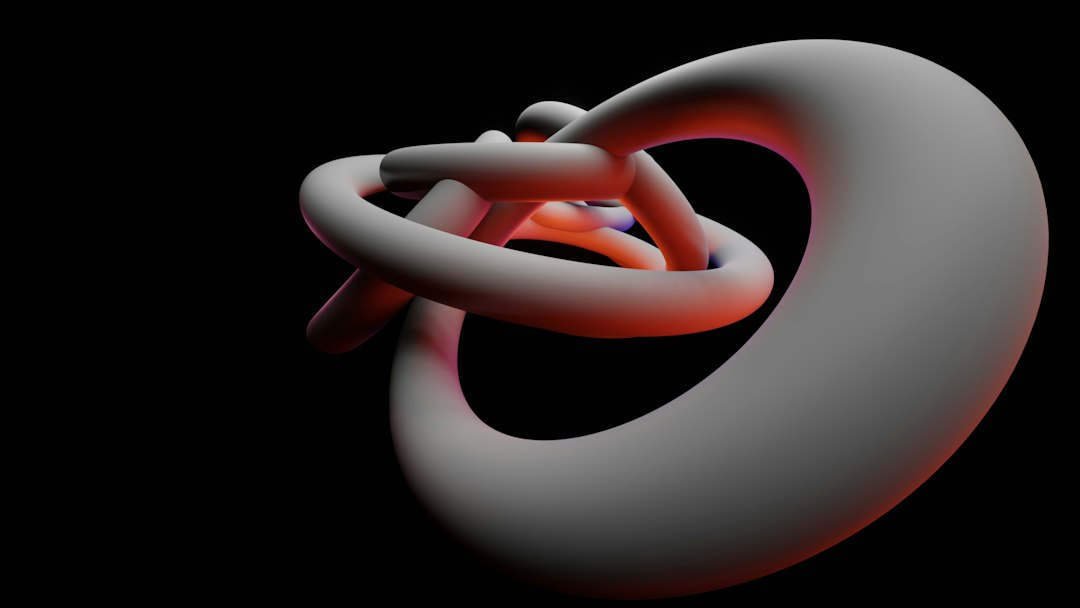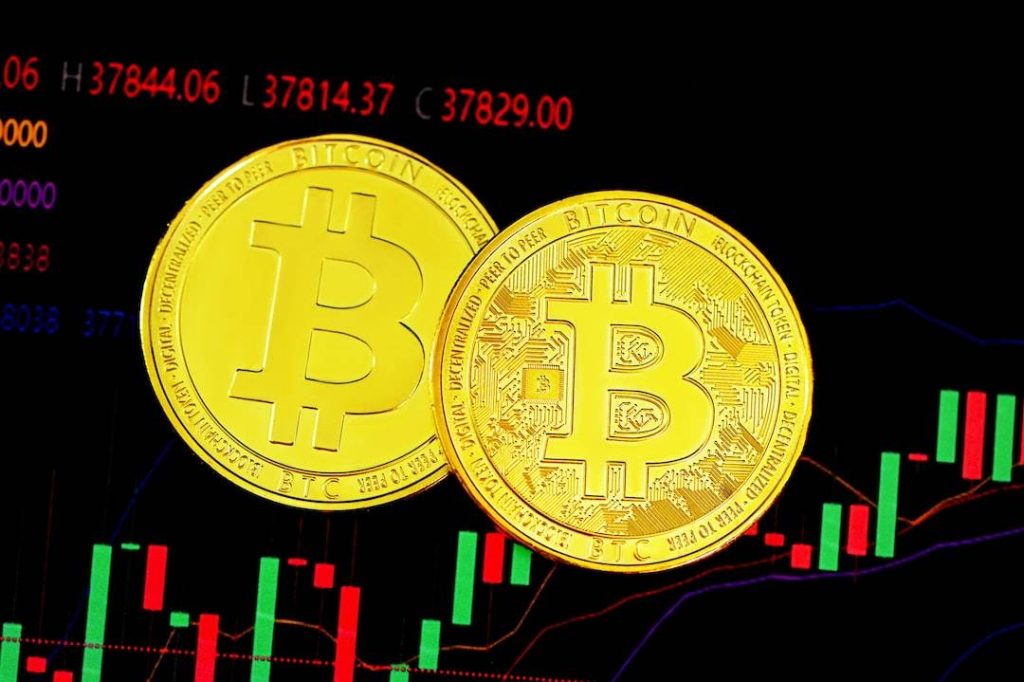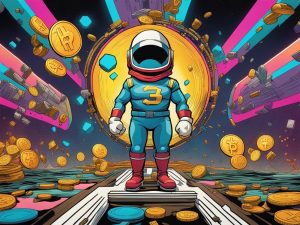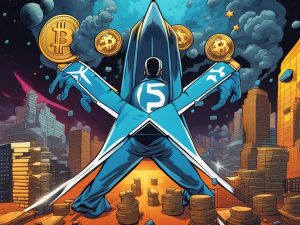Web3 and the Internet of Value: The Promise of Blockchain Integration
Gone are the days when the Internet was simply a platform for information exchange. The advent of blockchain technology has paved the way for the evolution of the Internet into a decentralized and trustless ecosystem known as Web3. With this new digital landscape, the Internet of Value (IoV) emerges, promising a paradigm shift in how we transact and interact online. In this article, we will explore the potential of Web3 and the IoV, and how blockchain integration can revolutionize various industries.
Web3 is an upgraded version of the current Web2, which heavily relies on centralized systems and intermediaries. Unlike its predecessor, Web3 aims to empower individuals by giving them full control and ownership of their data and digital identities. With Web3, you, the user, become the central driving force, with direct access to decentralized applications (dApps) and smart contracts.
The IoV, on the other hand, refers to the secure and seamless transfer of value over the internet, enabled by blockchain technology. This concept extends beyond traditional cryptocurrencies and encompasses any form of asset or digital representation of value, such as tokens, digital identities, or even physical assets like real estate. The IoV allows for instant and borderless transactions, eliminating the need for costly intermediaries and reducing the risk of fraud.
So how does this integration of blockchain technology into Web3 actually work? To put it simply, blockchain is a distributed ledger that records and stores information in a transparent and immutable manner. This decentralized nature ensures that transactions are secure and tamper-proof. When you interact with a dApp or execute a smart contract on the blockchain, your actions are verified and validated by a network of computers (nodes) spread across the globe. This eliminates the need for a centralized authority, providing greater transparency and eliminating single points of failure.
With the advent of Web3 and the IoV, various industries are set to undergo a significant transformation. Let’s take a closer look at a few key sectors:
Finance:
Traditional financial systems are known for their complexity, high costs, and lack of accessibility. With blockchain integration, financial transactions can be conducted directly between individuals, bypassing intermediaries like banks. This not only reduces transaction fees but also enables financial inclusion for the unbanked population. Additionally, blockchain technology enables programmable money, allowing for the automation of processes like loan approvals or insurance claims.
Supply Chain:
The supply chain industry faces challenges such as lack of transparency and traceability, which can lead to issues like counterfeiting or delays in deliveries. By integrating blockchain technology into the supply chain, you can ensure the immutability and transparency of every transaction, from the origin of raw materials to the final delivery of products. This ensures authenticity and accountability throughout the supply chain, improving efficiency and trust between stakeholders.
Healthcare:
In the healthcare industry, patient data privacy and interoperability are major concerns. With blockchain integration, you can securely store and share medical records, ensuring the privacy and control of sensitive information. This allows healthcare providers to access a complete and accurate medical history, leading to more effective and personalized treatments.
These are just a few examples of how Web3 and the IoV can revolutionize different sectors. The potential applications are vast and extend to areas such as real estate, energy, governance, and more. Blockchain integration empowers individuals and organizations, offering increased security, efficiency, and transparency.
Frequently Asked Questions (FAQs)
Q: How do I access Web3?
A: To access Web3, you need a web browser with Web3 capabilities. There are specific browser extensions, such as MetaMask, that act as a bridge between your browser and the blockchain, allowing you to interact with dApps and execute smart contracts.
Q: Can I use cryptocurrencies in everyday transactions?
A: Yes, cryptocurrencies can be used for everyday transactions, depending on their acceptance by merchants and businesses. With the growing adoption of cryptocurrencies and the development of payment platforms, it is becoming easier to use digital currencies for purchasing goods and services.
Q: Is blockchain technology secure?
A: Yes, blockchain technology is inherently secure due to its decentralized and immutable nature. Transactions on the blockchain are verified and validated by a network of computers, making it extremely difficult to tamper with or alter any information. However, it is important to note that vulnerabilities can exist in the underlying infrastructure or smart contracts built on top of the blockchain.
Q: Will blockchain replace traditional systems and intermediaries?
A: While blockchain has the potential to disrupt traditional systems and intermediaries, it is unlikely to replace them entirely. Instead, we can expect to see a hybrid approach where blockchain technologies complement existing systems, offering improved efficiency, transparency, and security.
Q: Are there any limitations to blockchain technology?
A: Blockchain technology is still in its early stages, and there are limitations that need to be overcome. Some of the current challenges include scalability, energy consumption, regulatory frameworks, and user adoption. However, ongoing research and development efforts are focused on addressing these limitations and unlocking the full potential of blockchain technology.
In conclusion, Web3 and the Internet of Value hold immense promise in revolutionizing how we transact, interact, and exchange value online. The integration of blockchain technology into various industries has the potential to greatly enhance efficiency, security, and transparency. As we continue to advance towards a Web3 future, it is crucial to embrace the opportunities presented by this decentralized ecosystem.





 By
By
 By
By
 By
By
 By
By
 By
By
 By
By